Beyond Practice: The Strategic Advantage of Private Music Lessons
The Competitive Advantage Most Student MusiciansOverlook — and Why It Matters More Than Ever inCollegiate Music Admissions and Scholarships.
Read More
AccoladiFineArtsDirector.com is built for district fine arts leaders who oversee and shape the success of performing arts programs. Here, you'll find resources and tools to help you support your teachers, guide your students, and connect with collegiate recruiters who are eager to discover emerging talent.
While fine arts directors are at the center of this site, we also serve performing arts students and their families, collegiate and summer enrichment recruiters, and teachers. To ensure each group has the right fit, we've created dedicated websites:
Fine Arts Directors: this is your home base. Please continue your registration for your district/school here on AccoladiFineArtsDirector.com.
Everyone else: begin your journey at the site designed for your role.

Don't let travel troubles ruin your big audition! This guide has everything you need to ensure you and your instrument arrive.
Audition day is a pivotal moment in your life—one that can significantly impact your future career and financial commitments. Proper planning in the days leading up to your audition is essential, including selecting the right attire, ensuring you have enough reeds, valve oil, and mallets, and, crucially, organizing your travel. Transportation logistics are often overlooked until it’s too late, so it’s important to plan ahead and avoid unnecessary stress.
If you play a cello, double bass, harp, bass clarinet, tenor saxophone, baritone saxophone, euphonium, tuba, electric guitar, electric bass, or acoustic guitar, be aware that these instruments are rarely allowed as carry-on items. Airlines typically require them to be checked at the gate, and checking an instrument as regular luggage is not recommended. Handling during transit can be rough, and damage is highly likely.
Before traveling, it is important to know the carry-on luggage dimensions. For most airlines, they are approximately 22″ x 14″ x 9″ or 56 x 35 x 23cm.
Important: Bring a tape measure with you to the airport to prove your measurements
Purchasing an Extra Seat
One of the safest ways to travel with a large instrument is to purchase an extra seat. Secure your instrument in place using bungee cords (you will need to bring the bungee cords) around the seat to prevent movement during takeoff, turbulence, and landing.
Remember to always take on board a heavy coat even if it is summer. You will soon see the importance of this sage advice.
Using the Overhead Bin (for Small to Medium-Sized Instruments)
If your instrument is small enough to fit in the overhead bin, take the following precautions:
Flight Attendants Can Help
Flight attendants prioritize smooth and on-time departures, so approach them politely and ask for assistance. If possible, request space in the first-class coat closet—many instruments fit here. Avoid escalating concerns to the pilot unless absolutely necessary; pilots have the final authority on all decisions.
Board Early to Secure Overhead Space
Consider upgrading to Comfort Plus (Delta), Main Cabin Extra (American), or Economy Plus (United) to board earlier and secure a safe space for your instrument.
If you have to travel more than 1.5 hours from your home by car, go the night before to the audition town.
Many airlines will not assume liability if your instrument is in a soft case. And many airlines will not assume any liability at all for fragile items such as musical instruments.
For maximum control and peace of mind, driving is often the best option. If feasible, arrive a day early to familiarize yourself with the campus, locate the audition venue, and ensure you get a good night’s rest.
Your audition day is one of the most important days of your musical career. Every detail, including travel arrangements, should be meticulously planned to ensure you arrive on time, well-prepared, and stress-free. Whether flying or driving, careful preparation will help you focus on what truly matters—performing your best.
.png) ARTICLE GLOSSARY
ARTICLE GLOSSARY
Audition: A formal performance where a musician plays or sings to demonstrate their ability, often for admission to a school or ensemble.
Bungee Cords: Elastic cords with hooks used to secure objects, such as an instrument strapped into an extra airplane seat.
Campus: The grounds and buildings of a school or university, including audition locations.
Cargo Hold: The lower storage section of an airplane where checked luggage and some large instruments are transported.
Carry-On: Items allowed to be brought into an airplane’s cabin rather than checked in as luggage. Some smaller instruments may qualify as carry-ons.
Checked Luggage: Items stored in the airplane’s cargo hold rather than brought into the cabin. Large instruments are often checked, which can pose risks of damage.
Disassemble: To take apart an instrument for storage, transport, or maintenance.
Economy Plus / Comfort Plus / Main Cabin Extra: Upgraded economy seating options on airlines that allow earlier boarding, helping musicians secure safe space for their instruments.
Familiarity: The comfort and ease of playing an instrument a musician is used to, as opposed to borrowing one that may feel different.
First-Class Coat Closet: A small storage area near the front of the airplane, sometimes available for storing fragile items like musical instruments.
Gate-Checked: A process where an item (like a large instrument) is taken at the airplane gate and stored in the cargo hold but returned immediately after landing.
Jet Bridge: The tunnel-like walkway connecting the airport gate to the airplane; some instruments can be returned here instead of being sent through baggage claim.
Liability: The airline’s financial responsibility in case of damage or loss of luggage or instruments; usually limited for musical instruments.
Logistics: The planning and coordination of transportation, accommodations, and scheduling to ensure a smooth experience.
Mallets: Stick-like tools with padded ends used to play percussion instruments such as marimbas, vibraphones, or timpani.
Mouthpiece: The part of a wind instrument (such as a clarinet, saxophone, or trumpet) that musicians blow into to produce sound.
Overhead Bin: The storage compartments above passenger seats on an airplane, sometimes used for small musical instruments.
Pressurized, Heated Compartment: A section in an airplane’s cargo hold designed for carrying pets that may be safer for fragile instruments.
Reeds: Thin strips of material (usually wood or synthetic) that vibrate to produce sound in woodwind instruments like the clarinet and saxophone.
Valve Oil: A lubricant used for brass instruments (like trumpets and tubas) to keep the valves moving smoothly.
Objective: Students will demonstrate the ability to disassemble their instrument and securely wrap it in 30 seconds or less. This skill is valuable for quick transitions while traveling and essential in emergency situations, such as a natural disaster approaching the band or orchestra room.
🎯 Assignment Steps:
✅ Learning Focus: This drill reinforces speed, efficiency, and instrument safety in unexpected situations.
Dear Parents
Director’s Name Your School's Band or Orchestra
Ah, audition season! That magical time of year when our young musicians put their hearts (and hours of practice) on the line for a shot at college acceptance letters, scholarships, or elite ensemble membership. It’s an exciting milestone, but let’s be honest—between the instrument, the attire, and the travel arrangements, it can feel a bit like orchestrating a three-ring circus.
While your child is busy perfecting their piece, you may find yourself asking, "Wait… how exactly are we supposed to get a tuba onto an airplane?" or "Will the airlines even let us bring a cello as a carry-on?" Fear not! The good folks over at Accoladi.com have put together an excellent guide on smooth and stress-free audition travel, and I highly encourage you to check it out.
These are just a few key takeaways, but if you’re the parent of a traveling musician, you need to read the full article on Accoladi.com. It’s packed with helpful insights, from dealing with gate agents to ensuring instruments don’t get left in the freezing cargo hold.
Let’s make sure our students arrive safe, prepared, and stress-free so they can focus on what really matters—playing their best!
Wishing you safe travels and successful auditions,
__________________________________________
Director’s Name
Director, ________________________________________
Your School's Band or Orchestra
Start your college journey with confidence!
Browse our library of helpful articles and directories made just for performing arts students and their families. Whether you're choosing a school, planning campus visits, preparing for auditions, applying for scholarships, or getting ready to submit applications—this is your go-to place for everything college.

.png)
The Competitive Advantage Most Student MusiciansOverlook — and Why It Matters More Than Ever inCollegiate Music Admissions and Scholarships.
Read More
Explore how combining music with another field can open doors to exciting career opportunities.
Read More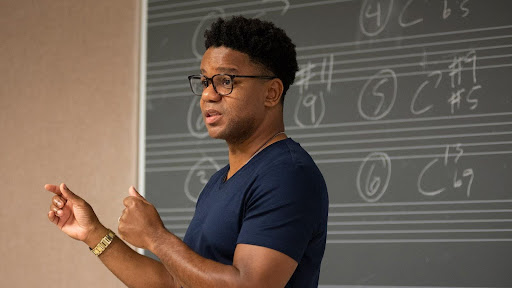
Get ahead in your music education journey with strategic dual enrollment opportunities.
Read More.jpg)
Discover proven strategies to build meaningful relationships with college music departments before you apply.
Read More.jpg)
From Baroque to modern, fast to lyrical—contrasting solos reveal a musician's full range in college auditions.
Read More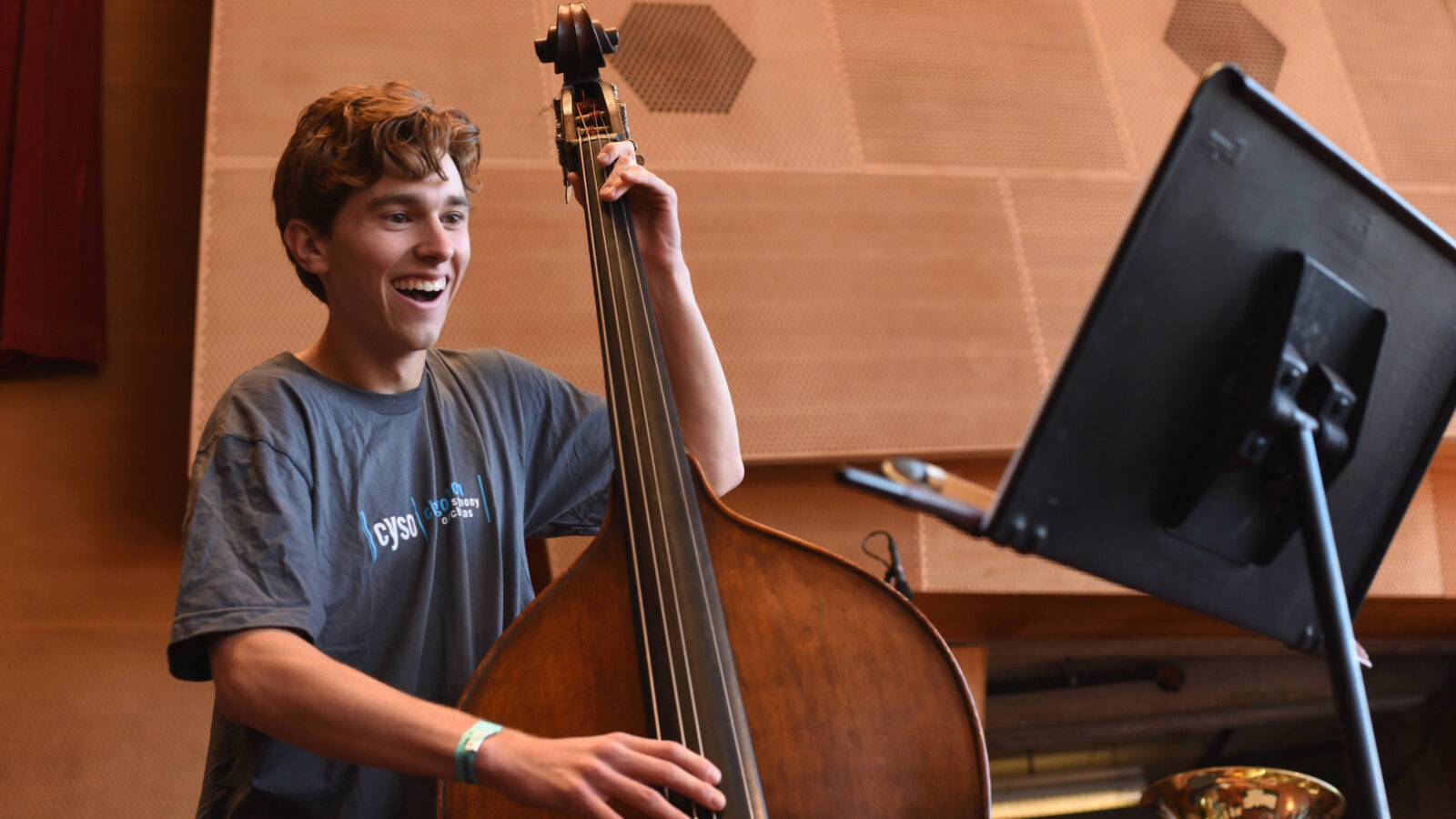
Discover why mastering just a few bars of music can make or break an audition and reveal your potential.
Read More.jpg)
Make a great first impression with proper college visit etiquette and smart questions.
Read More
A comprehensive roadmap to navigate the music school application and audition process successfully.
Read More.png)
Sometimes the smallest gestures-like a simple thank-you -- open the biggest doors. Discover how one note of gratitude changed everything.
Read More
Discover how college fairs tailored for music students can open doors to top programs and help you make meaningful connections before you ever audition.
Read More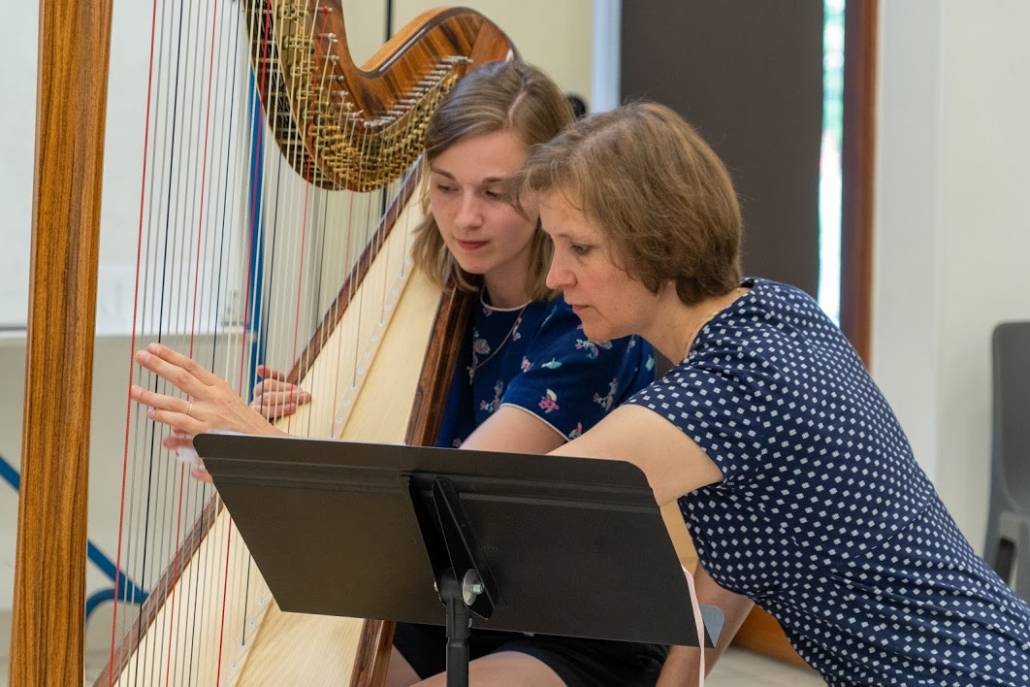
Private music lessons do more than sharpen skills — they unlock opportunity. Discover how one-on-one instruction builds confidence, hones performance, and opens doors to college auditions and scholarships.
Read More
Packed with proven strategies, expert insights, and inspiring real-life stories, it empowers musicians to turn performance anxiety into confident, expressive auditions.
Read More
Discover how marching band can do more than make music—it can open doors to scholarships, leadership roles, and life-changing opportunities.
Read More.jpg)
Where nerves meet opportunity, growth begins. Discover how one powerful experience can elevate your student’s talent—and their college application.
Read More.png)
Professors don't just admit talent—they choose students they won't mind teaching every Tuesday morning before coffee, touring Europe with next spring, and introducing to their colleagues without bracing themselves first.
Read More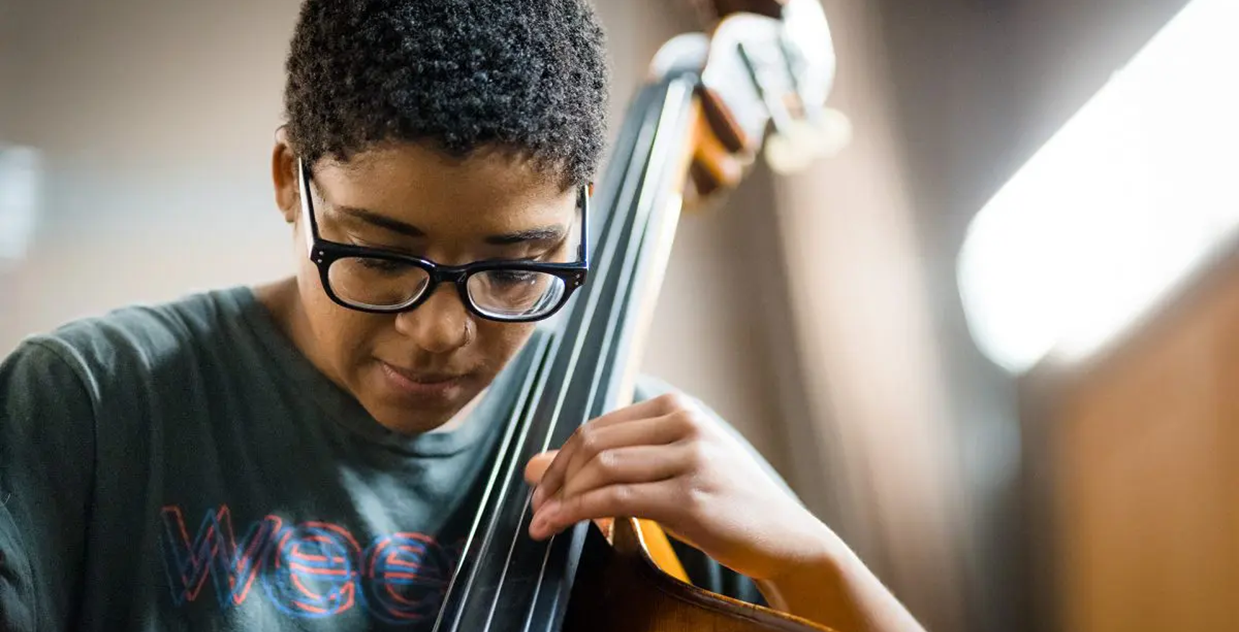
Think a music degree is out of reach because of cost? Think again. Whether you're aiming for college scholarships or exploring grants from arts organizations, this guide helps you uncover the many ways to fund your passion — and shows why applying early and often is the key to making your musical dreams a reality.
Read More
From nerves to notes, this guide helps student musicians face audition day with clarity, confidence, and control.
Read More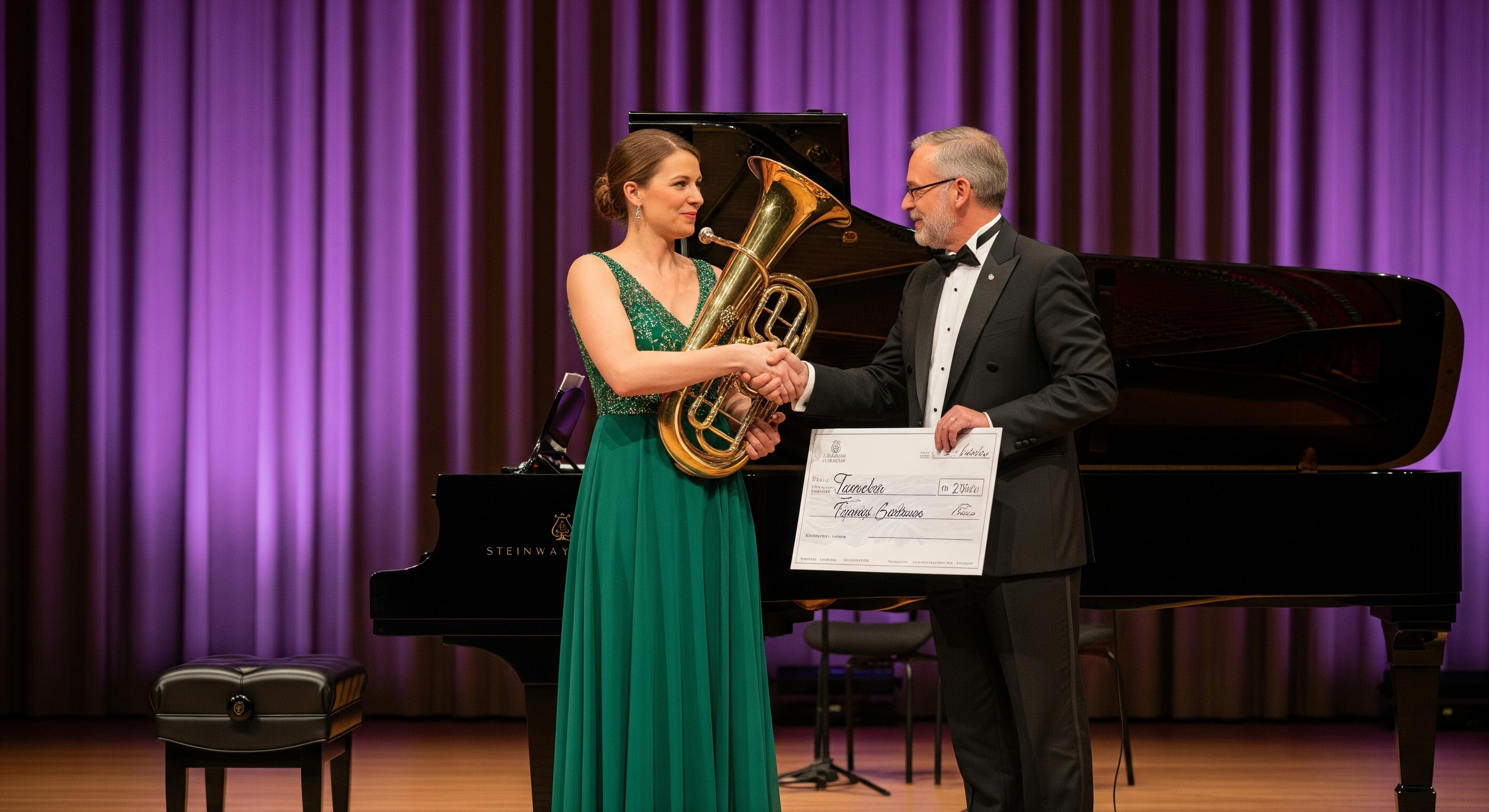
Shedding light on the financial freedom performing arts students deserve—and the billions in performing arts scholarships many never knew existed
Read More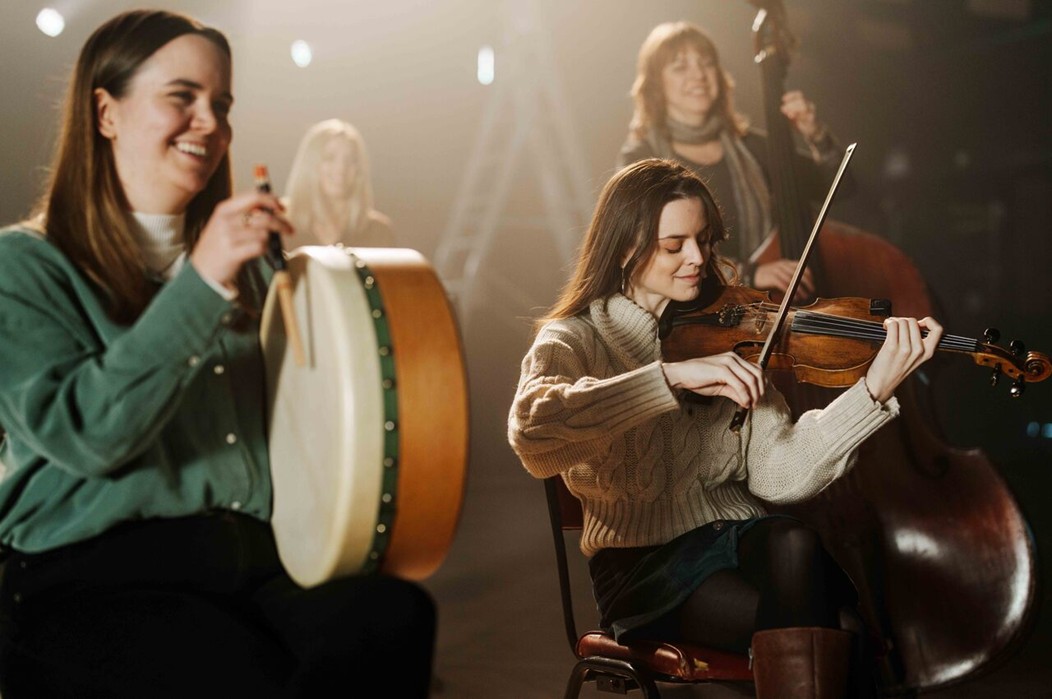
Talent is just the beginning. Learn how the right moves today—owning your child's UTL name, building their brand, and shaping their story—can set your young performing artist on a path to lasting stardom.
Read More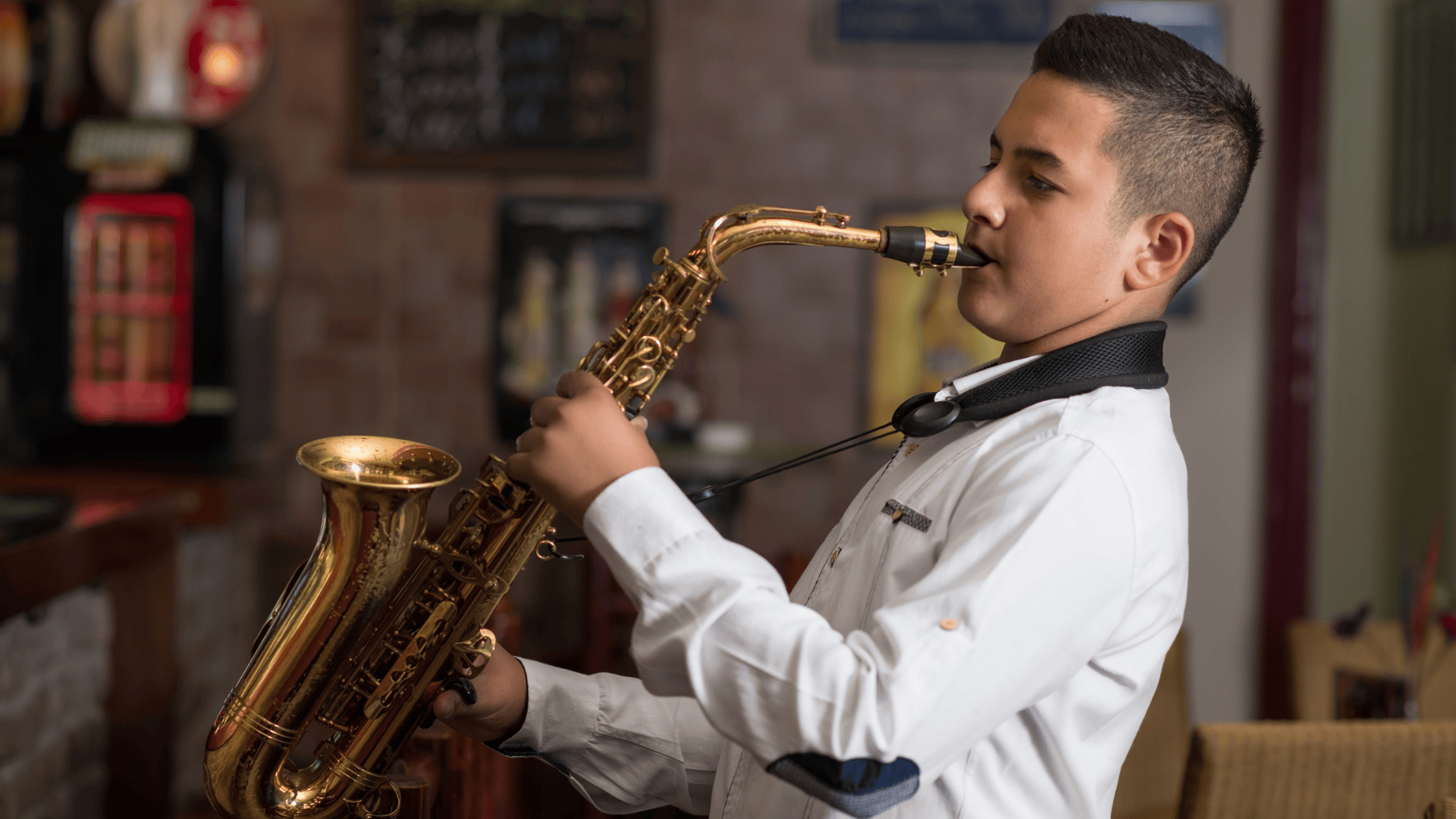
From first solo to final audition—how a carefully curated repertoire list becomes a student’s personal record of growth, readiness, and artistic identity.
Read More
Don't let travel troubles ruin your big audition! This guide has everything you need to ensure you and your instrument arrive.
Read More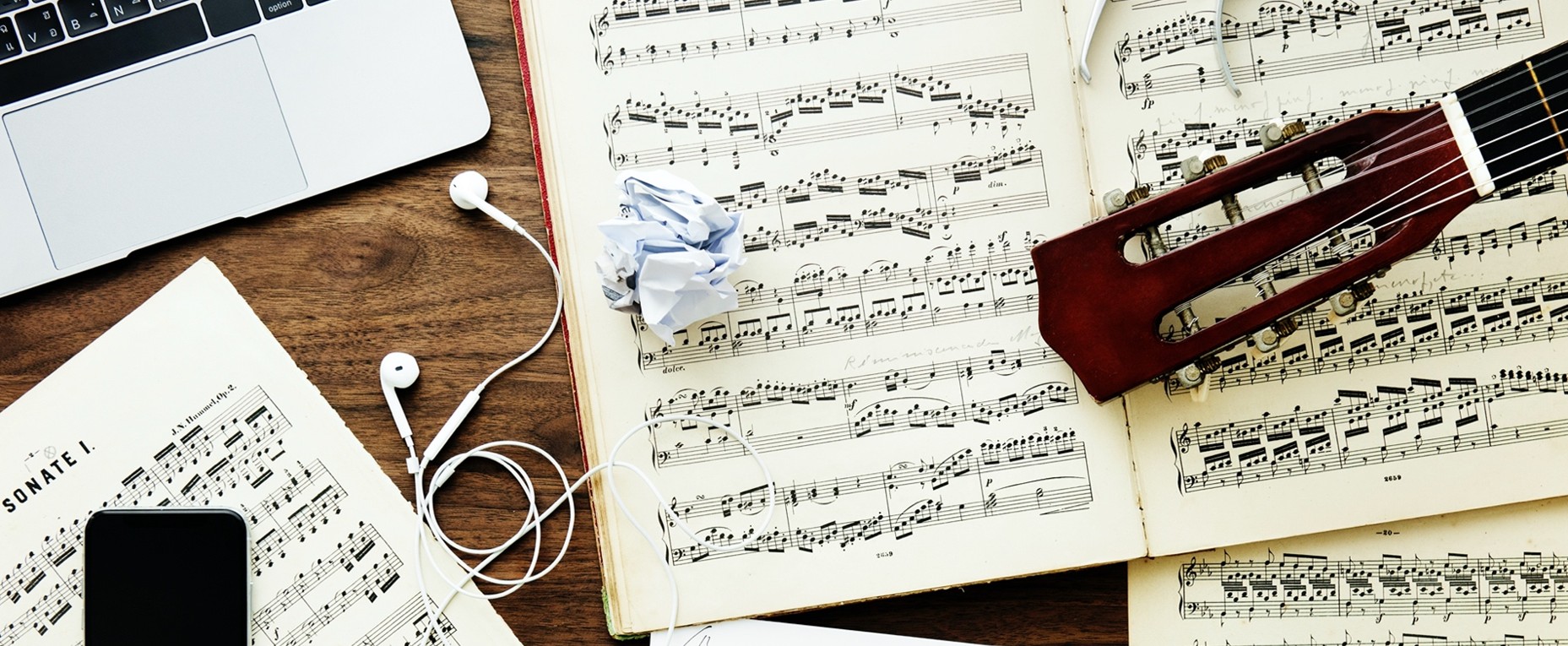
Discover how decoding a composition’s name can elevate your performance, impress adjudicators, and help you stand out from the competition.
Read More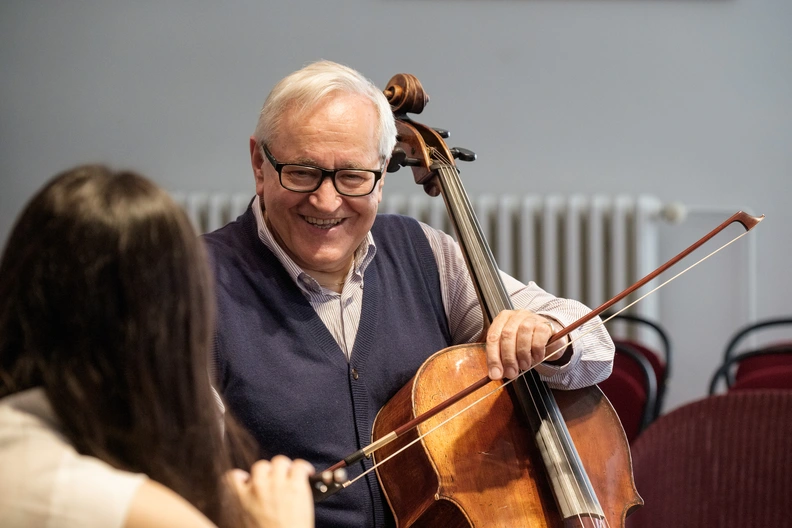
How one meaningful connection with a music teacher can open doors to college, scholarships, and a lifelong mentorship — starting now.
Read More
You don’t need fancy gear to capture talent — just these smart, affordable tips that could turn an audition video into a scholarship-winning performance.
Read More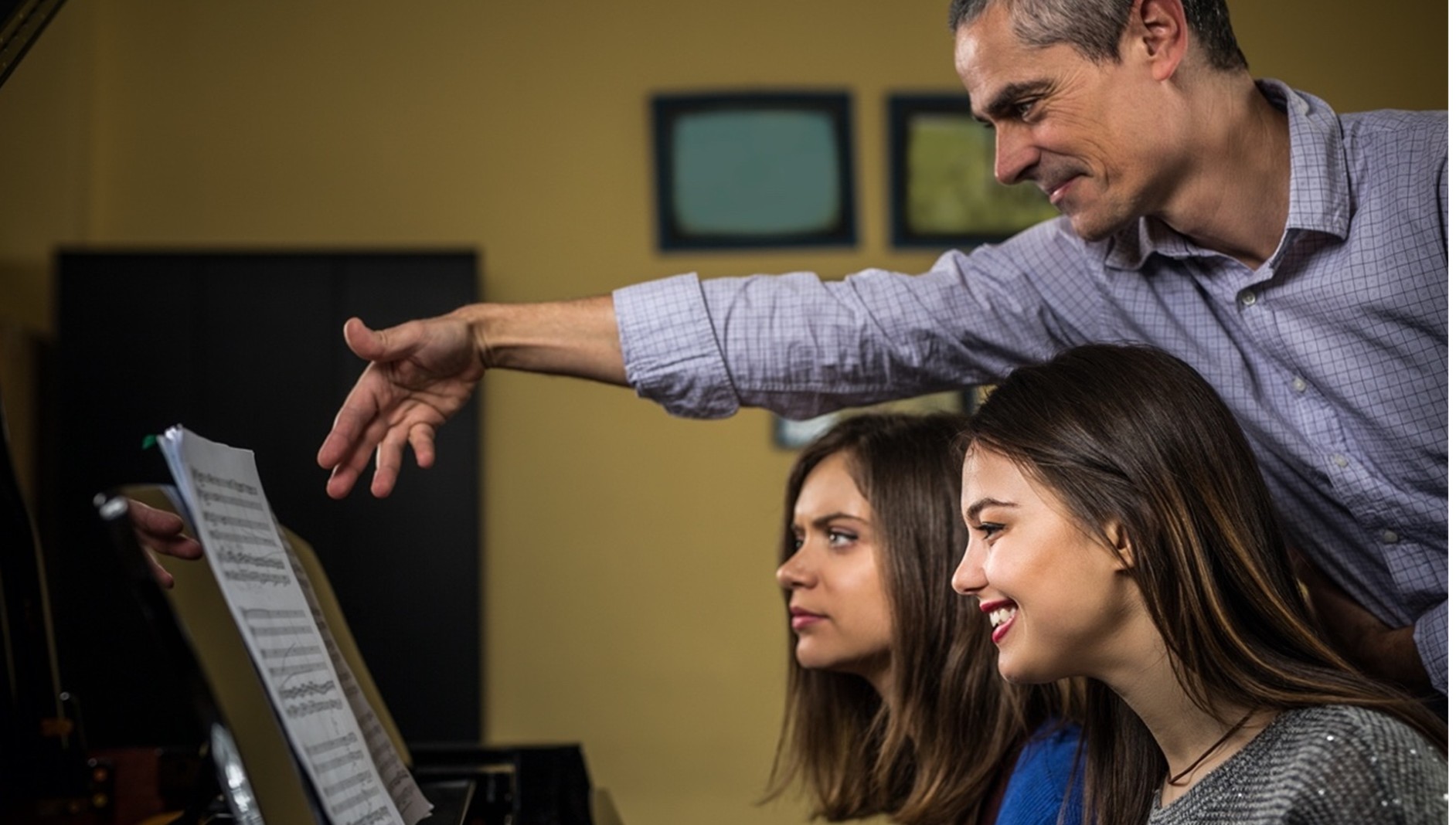
Discover why a liberal arts education isn’t just about academics—it’s a powerful launchpad for aspiring musicians to thrive in every stage of their careers.
Read More.jpg)
Choosing the right music degree isn't just about a major -- it's about mapping the future of your artistry. Discover the key differences between BM, BA, BFA, and BS programs and find your perfect path.
Read More
From educators, performers, and industry insiders who got tired of hearing “music isn’t a real career” and decided to answer with Broadway box-office receipts, royalty checks, and Grammy paydays.
Read More
Where Purpose Meets Performance: How Service Can Help Pay for Your Music Degree.
Read More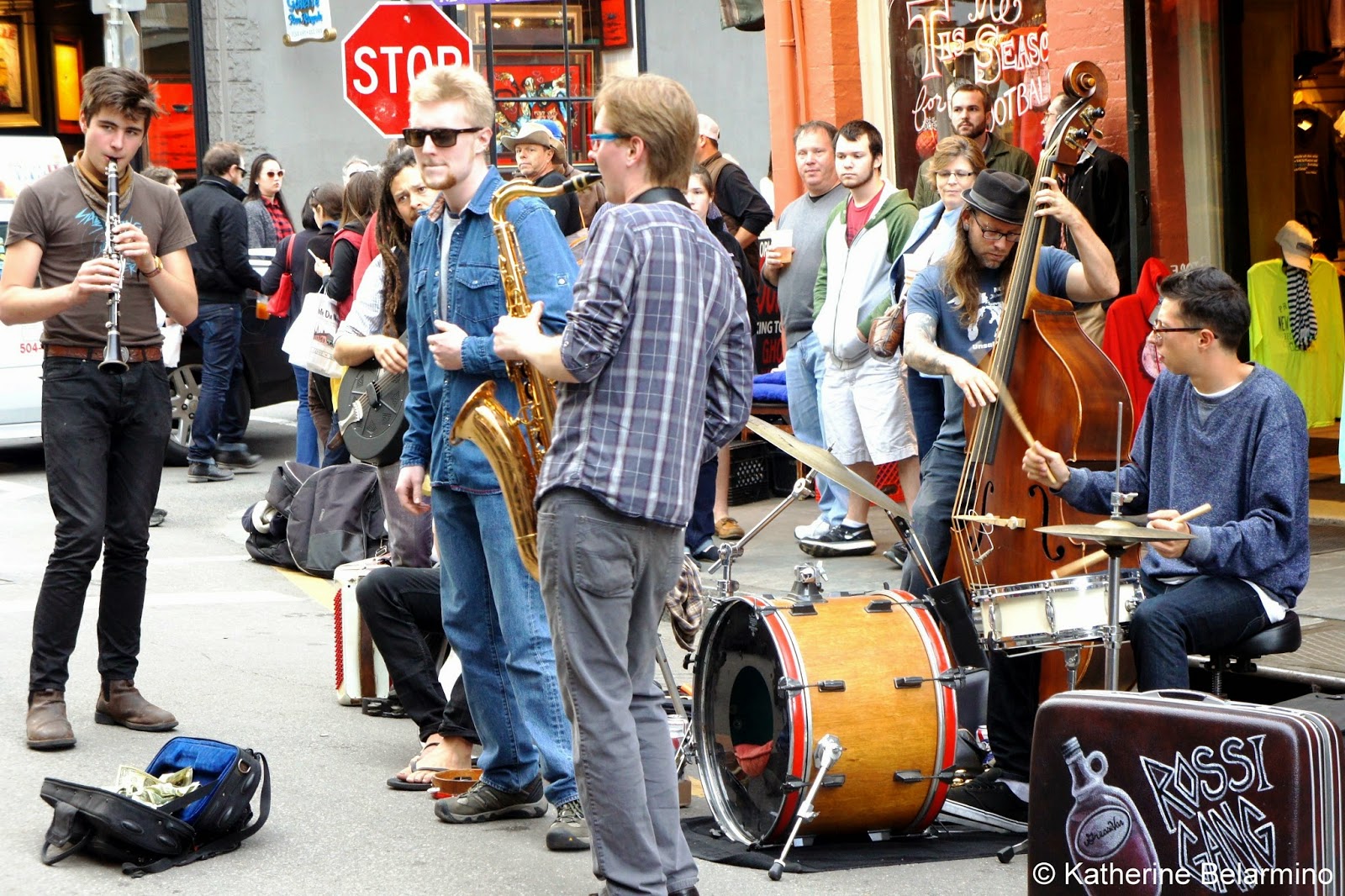
For those navigating the leap from talent to training and tuning both heart and mind to what’s next—this is your guide to finding the path that fits, connects, and inspires.
Read More.jpg)
A month-by-month roadmap designed to help aspiring music majors confidently prepare for college auditions—one scale, solo, and strategy at a time.
Read More.jpg)
Beyond the Name: Finding the Place That Helps You Find Your
Read More.jpg)
Discover the real perks, the hidden costs, and how to tell if coaching is the right
Read More.jpg)
Mastering college applications means mastering deadlines. Success hinges on precision, preparation, and unwavering commitment to each institution’s unique demands.
Read More.jpg)
Because affording your dream school shouldn't be a dream.
Read More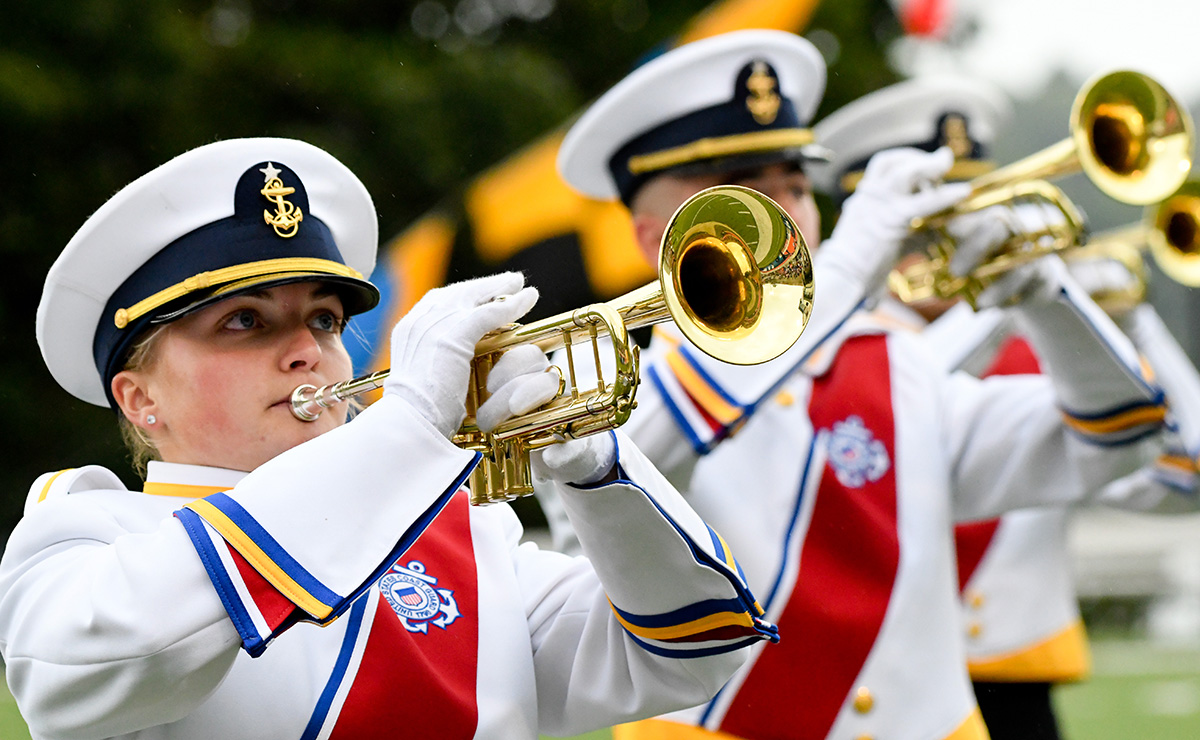
Where passion meets purpose — discover how talented musicians turn their love for music into a professional career serving their country.
Read More.png)
The music industry fuels the U.S. economy, driving schools to recruit creative, business-savvy students. Scholarships now target songwriters.
Read More.png)
How young artists can launch their careers and travel the world — without a college degree.
Read More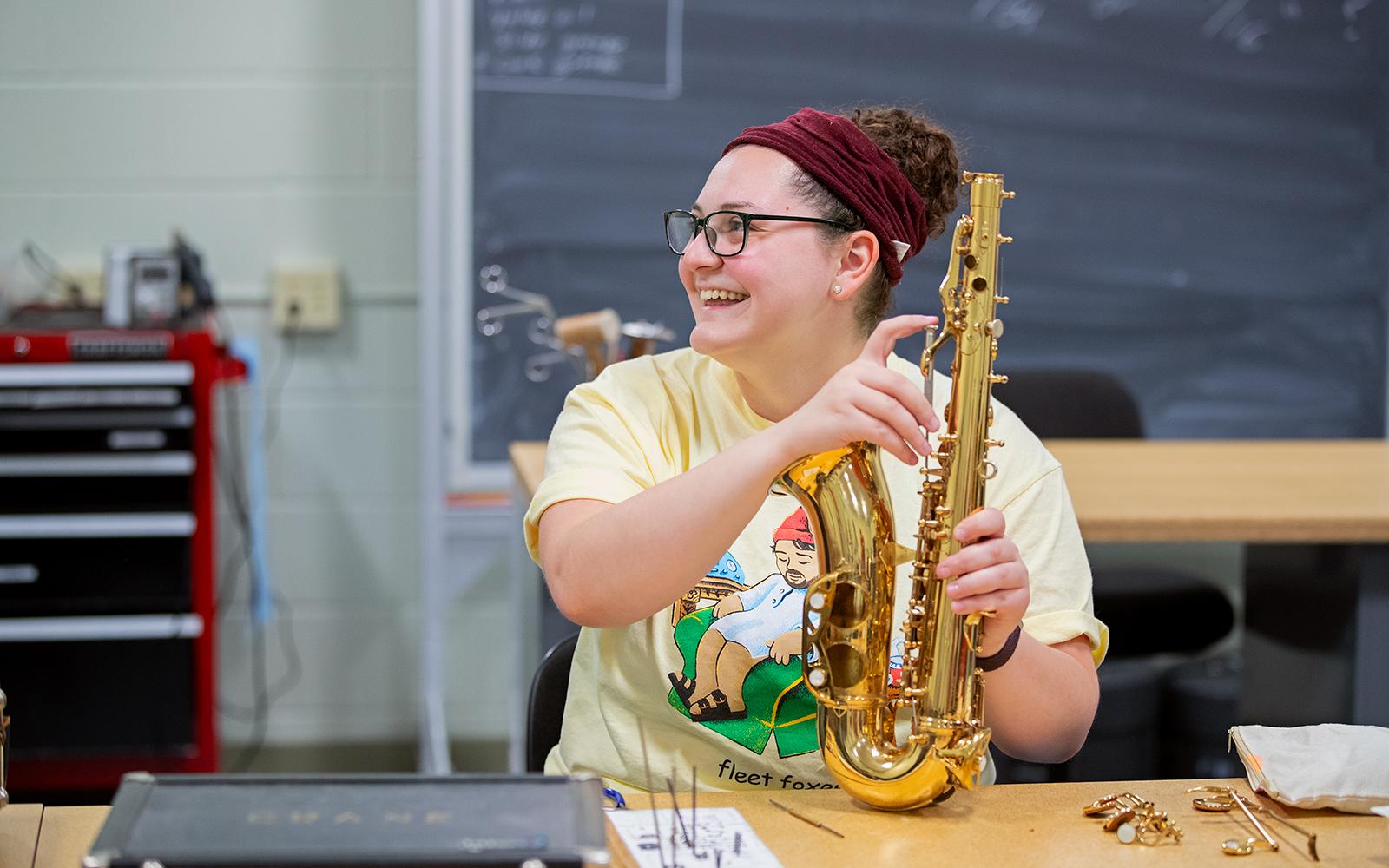
Because your talent deserves more than applause, it deserves a paycheck.
Read More
It’s not about impressing—it's about expressing.
Read MoreThe Accoladi Research Team is constantly tracking trends in performing arts collegiate recruiting, documenting scholarship procurement processes, and uncovering new resources for students and families. From the latest audition requirements to insider tips on securing funding, we’re always expanding our library— so, you can make informed choices with confidence.
